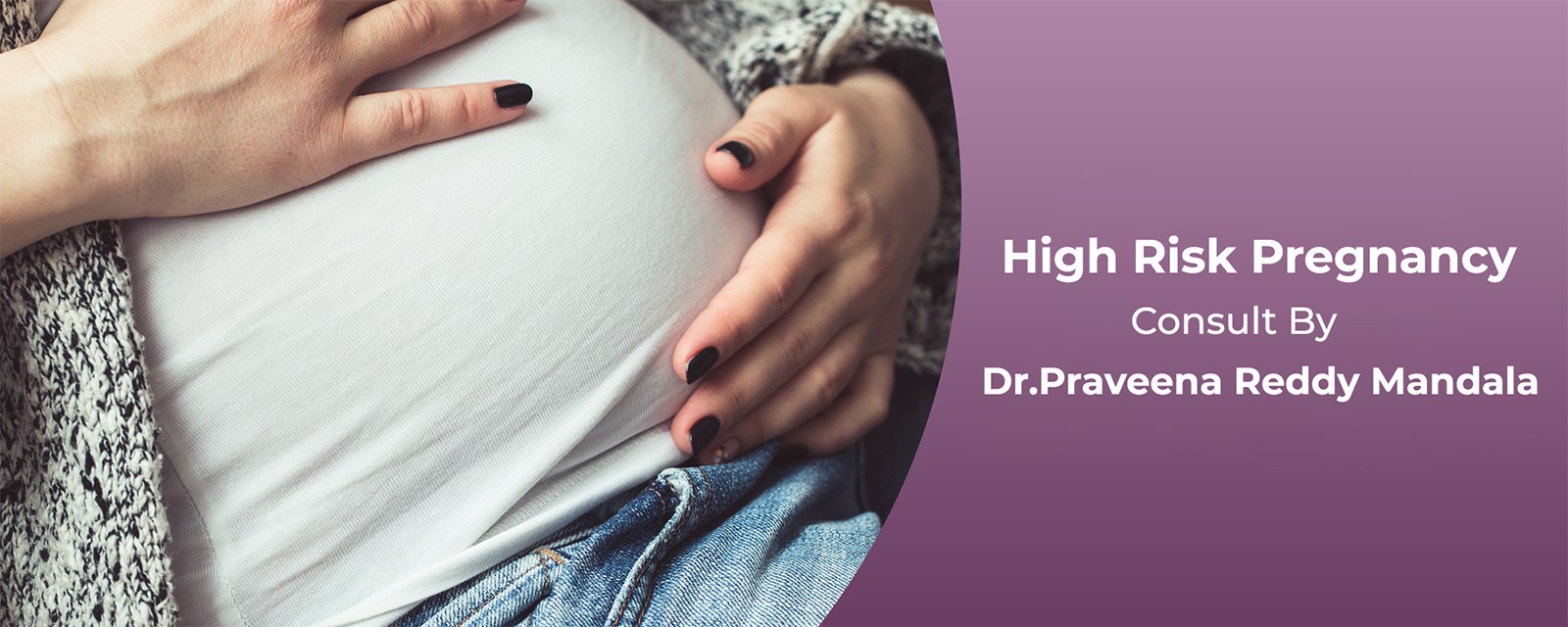PCOD
In each menstrual cycle, follicles grow on the ovaries. Eggs develop within those follicles, one of which will reach maturity faster than the others and be released into the fallopian tubes. This is "ovulation". The remaining follicles will degenerate.In the case of polycystic ovaries, however, the ovaries are larger than normal, and there are a series of undeveloped follicles that appear in clumps, somewhat like a bunch of grapes. Polycystic ovaries are not especially troublesome and may not even affect your fertility.
However, when the cysts cause a hormonal imbalance, a pattern of symptoms may develop. This pattern of symptoms is called a syndrome. These symptoms are the difference between suffering from polycystic ovary syndrome and from polycystic ovaries.
So you can have polycystic ovaries without having PCOS. However, nearly all women with PCOS will have polycystic ovaries. Polycystic Ovary Syndrome is the name given to a metabolic condition in which a woman will have polycystic ovaries, along with a certain pattern of other symptoms that reflect imbalances in reproductive and other hormones.





















